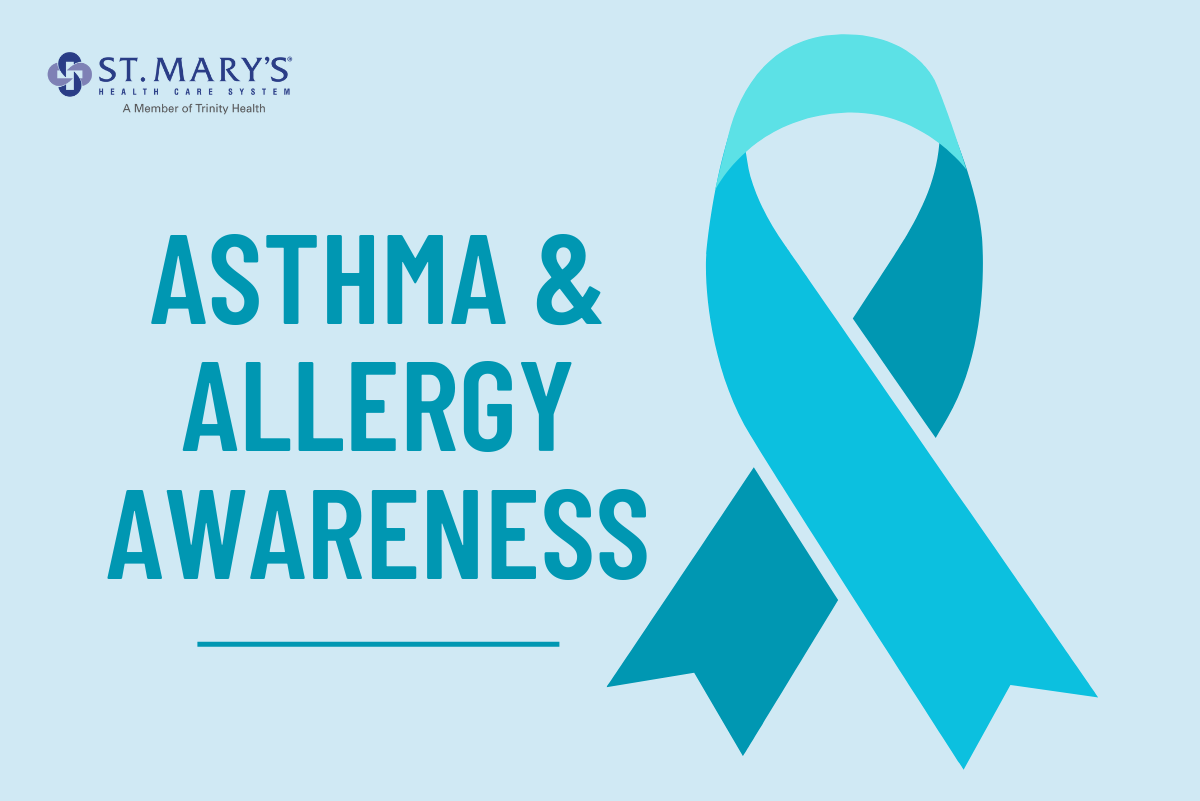Do You Have Mold Allergies?
April 19, 2023Mold is a form of fungus that creates spores in the air. This fungus can live on almost any area in a moist or damp environment. Mold can be found wither indoors and outdoors and is a common cause of allergy or asthma symptoms.
Some of the most common types of molds that create allergy symptoms include:
- Alternaria
- Aspergillus
- Cladosporium
- Penicillium
What Causes an Allergic Reaction?
Molds are a kind of fungus, and like all funguses, they release thousands of spores to reproduce. Spores are tiny and very light. That means they can float in the air and be stirred up by things like vacuuming, mowing the lawn, or the wind. When the spores get into the eyes, nose and respiratory tract of people with allergies, the body mistakes them for dangerous invaders and the immune system attacks them, causing symptoms.
Symptoms
Mold allergy symptoms are like of other respiratory allergies:
- Nasal congestion
- Runny nose
- Irritated eyes
- Wheezing
- Itchy throat
Management and Treatment
If you believe you may have mold allergies, it is important to consult with an allergist. These specialists are trained to help you control your allergies and asthma.
Antihistamines and decongestants can help improve the symptoms. It is important to think ahead and wear a dust mask or take allergy medication if you know you are going to be in an environment where you can be exposed to mold allergies. Once you are done, you can remove the mold spores by rinsing your nose with a saline solution or taking a shower.
Here are some ways you can control mold allergy growth in your home:
- Quickly clean up any spills or leaks to prevent mold from growing.
- Use dehumidifiers or exhaust fans — or open a window — to help limit moisture and humidity in bathrooms or other rooms in your home
- Regularly clean garbage cans and refrigerator drip pans.
- Regularly clear your gutters and ensure that drainage flows away from your home’s foundation.




